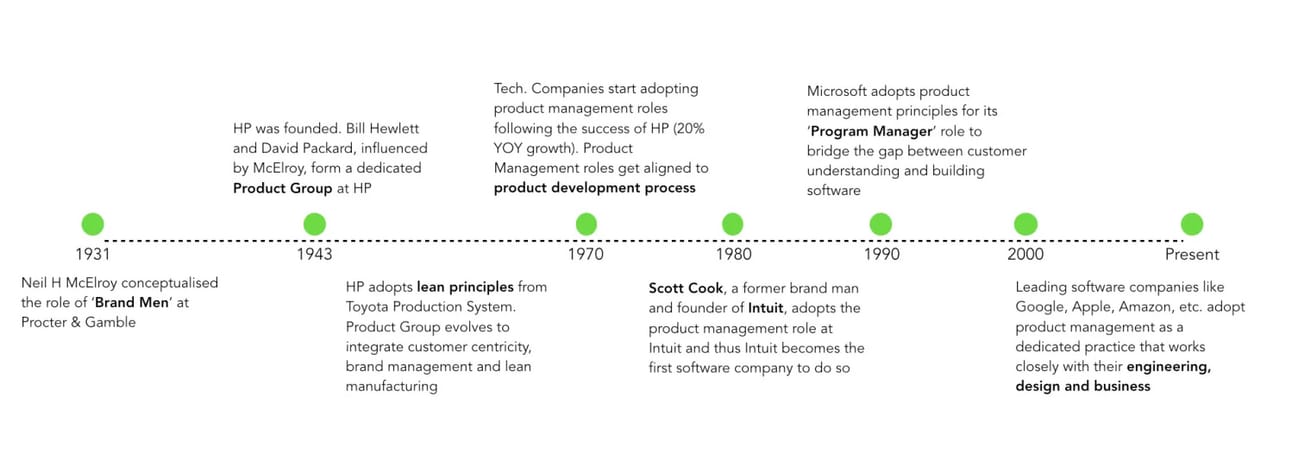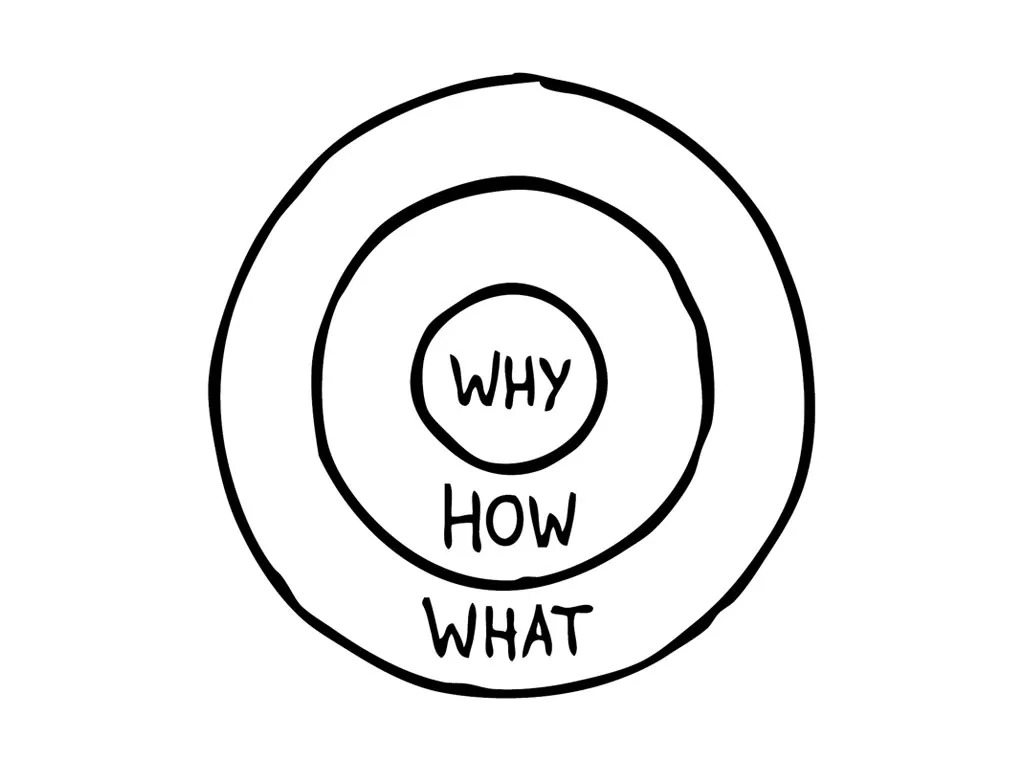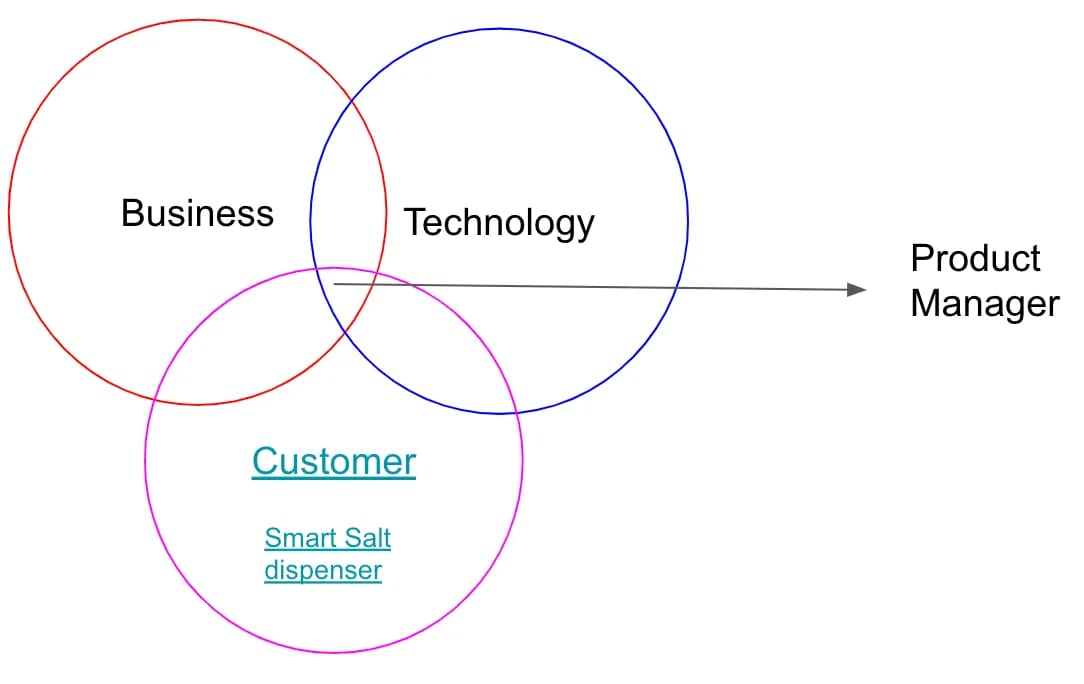- PM Tech House 🏠
- Posts
- Decoding Product Management: A Comprehensive Guide
Decoding Product Management: A Comprehensive Guide
A Clear Path Through the World of PM
Are you tired of seeing products launch with a whimper, despite months of development? Do you wonder how some companies consistently deliver game-changing innovations while others struggle to stay relevant? The answer lies in effective Product Management. Forget the hype and buzzwords. This guide cuts through the noise to provide a clear, actionable understanding of what product management really is, why it matters, and how to excel in this critical role. We'll explore the core principles, essential skills, and career paths, equipping you with the knowledge to build products that truly resonate with users and drive business success.
What is a Product?
It's easy to say a product solves a problem, but let's get specific. A product is a value exchange. Users give something (time, money, data) in return for a solution to a need or desire. A great product maximizes this value exchange, providing an efficient, elegant, and even delightful solution. Think beyond features and consider the experience.
Let's revisit the auto vs. ride-sharing app example. While both get you from A to B, the product-led solution (Ola/Uber) offers:
Predictability: Standardized pricing, consistent service quality.
Convenience: Easy booking, cashless payments.
Reliability: Driver tracking, customer support.
These factors create a superior product experience, leading to greater customer satisfaction and loyalty.
There’s a reason 400,000 professionals read this daily.
Join The AI Report, trusted by 400,000+ professionals at Google, Microsoft, and OpenAI. Get daily insights, tools, and strategies to master practical AI skills that drive results.
The Evolution of Product Management
Understanding the history of product management provides context for its current form.

History of Product Management
Early Stages: Initially, product management focused on marketing physical goods. Think of Procter & Gamble in the 1930s, where brand managers oversaw all aspects of a product line.
Technology Shift: As technology became more complex, the need for individuals to bridge the gap between engineering, marketing, and sales became apparent. This led to the rise of product managers in tech companies.
Agile & Lean: The rise of Agile and Lean methodologies further shaped product management, emphasizing iterative development, customer feedback, and data-driven decision-making.
Modern PM: Today, product management is a strategic function, influencing everything from product vision to go-to-market strategy.
What Product Management Actually Is: Beyond Project Management
Product Management is not project management. Project managers focus on execution – delivering a defined set of features on time and within budget. Product managers focus on strategy – defining what to build, why it matters, and who it's for.
Example: A company wants to boost its fitness app engagement. A project manager gets tasked with integrating a specific smartwatch brand, focusing on timelines and budget to deliver the feature as planned.
A product manager first investigates why engagement is low. User research might reveal that manual workout logging is a pain point. Instead of immediately building the smartwatch integration, the product manager considers multiple solutions: streamlining manual logging, adding social challenges, or providing personalized recommendations.
They analyze the potential impact of each option, realizing that most users don't even own that specific smartwatch. The product manager prioritizes easier manual logging and social challenges first, addressing the core problem for the most users.
The project manager's success is delivering the feature. The product manager's success is increased engagement, achieved by solving the right problem for the right users. Product management is about outcomes, not just outputs.
The Golden Circle and Product Management
Simon Sinek's Golden Circle (Why, How, What) provides a powerful framework for product managers:

Why: What's the purpose behind the product? What problem are we really solving? What impact do we want to make?
How: How will we achieve our purpose? What are our core values and principles? What makes us different?
What: What specific features will we build? What tangible benefits will users experience?
A product manager must be able to articulate the "Why" to inspire their team, align stakeholders, and create a product that resonates with users on a deeper level.
Key Phases of Product Management: A Continuous Cycle
The Discovery and Delivery phases are not sequential steps, but rather a continuous cycle of learning and iteration.
Discovery: This involves:
User Research: Interviews, surveys, usability testing.
Market Analysis: Competitive research, trend analysis.
Data Analysis: Usage data, A/B testing.
Opportunity Assessment: Identifying unmet needs and potential solutions.
Delivery: This involves:
Prioritization: Deciding which features to build based on value and feasibility.
Specification: Defining detailed requirements for engineering and design.
Development: Building and testing the product.
Launch: Bringing the product to market.
Iteration: Continuously improving the product based on feedback and data.
The Role of a Product Manager
A PM comes at the intersection of Customer, Business & Technology. He talks to his customers to understand their pain points, then creates a business model, and finally gets it delivered through technology.

A product manager's success hinges on influence rather than authority. This requires:
Communication: Clearly articulating the product vision and strategy.
Collaboration: Building strong relationships with engineering, design, marketing, and sales teams.
Negotiation: Balancing competing priorities and stakeholder interests.
Empathy: Understanding the needs of both users and internal teams.
Essential Skills for a Product Manager
The "T-shaped" model emphasizes depth in one area (e.g., data analysis, user research, engineering) coupled with broad knowledge across other domains. This allows PMs to:
Communicate effectively with specialists in different fields.
Make informed decisions based on a holistic understanding of the product and its ecosystem.
Contribute meaningfully to all aspects of the product development process.
Hierarchy in Product Management
Associate Product Manager / Product Analyst / Jr. PM
Product Manager
Senior Product Manager / PM1 / PM2 / PM3
Group/Lead PM
Director of Product
Sr. DoP
VP/SVP of P
Chief Product Officer
Product Manager Salary Expectations: Factors to Consider
While salary data provides a general benchmark, several factors influence a PM's earning potential:
Experience: More experienced PMs command higher salaries.
Location: Salaries vary based on cost of living and market demand.
Company Size & Stage: Larger companies and later-stage startups typically pay more.
Industry: Some industries (e.g., AI, Fintech) offer higher compensation.
Skills & Expertise: Specialized skills (e.g., data science, growth marketing) can increase earning potential.
Lenny’s Newsletter — A weekly advice column about building products, driving growth, and accelerating your career. Lenny's podcast is also available on YouTube. Personally my favorite.
Elena’s Growth Scoop — A great newsletter on creating predictable, sustainable, and competitively defensible growth systems for B2B.
The Farnam Street Blog — The Farnam Street Blog offers deep insights into decision-making, mental models, and learning to enhance personal and professional growth.
The First Round Review — First Round Review provides articles, interviews, and resources on engineering, product, management, and design to help build and scale businesses.
Adam Fishman’s newsletter — A valuable resource for PMs and growth enthusiasts, offering practical insights on strategy, branding, and scaling business.
Stratechery — Stratechery provides an analysis of the strategy and business side of technology and media and the impact of technology on society.
Book recommendation for Product Managers
The Lean Product Playbook by Dan O Sen
The MOM Test by Rob Fitzpatrick
Inspired by Marty Cagan
Crossing the Chasm Geoffrey A. Moore
Product management Simplified by Gurucharan
Hooked by Nir Eyal
The design of everyday things Don Norman
Contagious by Jonah Berger
Tech Publications
Techcrunch
The Verge
The Next Web
Wired
Tech in Asia

